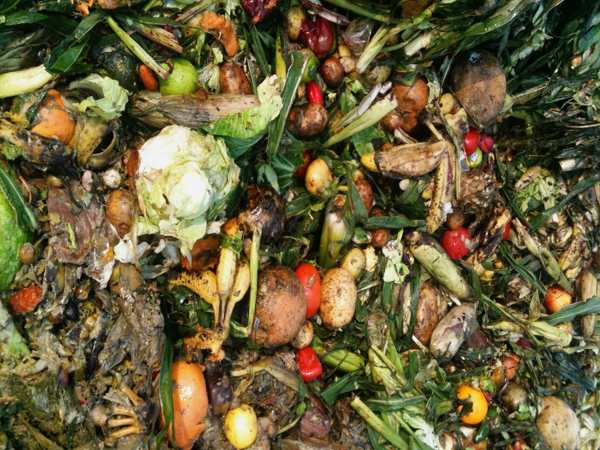Turning Waste into Wealth
INDIA: A groundbreaking research project by professors from Palamuru University (PU) in Telangana and Amity University in Noida aims to transform leftover vegetables and fruits into a valuable resource: cooking oil. Dr. Madhusudan Reddy, Head of the Department of Microbiology at PU, and Dr. Dibarati Paul from Amity University initiated this innovative project in 2023.
The project proposal, submitted to the Science and Engineering Research Board (SERB) in March 2022, received approval and funding of Rs. 45,74,560 by September of the same year. The research is being conducted in Noida with the assistance of PhD students under the professors’ guidance. Advanced machines have already been procured, and the project aims for completion by 2027, after which a comprehensive report will be presented to the central government.
Addressing Food Adulteration and Health Hazards
Dr. Reddy and Dr. Paul embarked on this project to address a critical issue: the adulteration of cooking oil in the market. They pointed out that some oils sold in open markets are contaminated with dangerous chemicals and animal fats, posing severe health risks. Consuming food cooked in such oils can elevate blood pressure and damage vital organs like the kidneys and liver.
The professors are driven by a mission to prevent such adulteration and provide healthy, affordable cooking oil. By utilizing leftover vegetables and fruits, they also aim to reduce food waste and promote sustainable resource use.
Innovative Oil Production Process
The research involves collecting vegetable and fruit scraps from markets such as Mahabubnagar Rythu Bazar and various locations in Delhi. These leftovers are then processed to extract oil. The skins of the vegetables and fruits, which often contain beneficial bacteria, are treated with advanced machinery to eradicate harmful elements and produce clean oil.
Benefits and Broader Implications
Dr. Reddy highlighted the potential of this research to revolutionize the cooking oil industry. “Biodiesel is already being extracted from vegetable and fruit waste in several states. Drawing inspiration from these systems, we aim to produce cooking oil from similar sources. By the end of next year, we hope to have a clear estimate of the project’s viability and potential impact.”
The benefits of this project are multifaceted. It promises a healthier alternative to adulterated oils, reducing the risk of health issues related to poor-quality cooking oils. Additionally, it offers an environmentally friendly solution to food waste, converting what would otherwise be discarded into a valuable commodity. This not only promotes sustainability but also supports local economies by creating a new market for waste products.
Collaborative Efforts and Future Prospects
The collaboration between Palamuru University and Amity University represents a significant step forward in academic and practical research synergy. The involvement of PhD students in the project ensures that the next generation of scientists is engaged in cutting-edge research with real-world applications.
Looking ahead, the professors are optimistic about the project’s outcomes. “We are excited about the potential of this research to make a significant impact on public health and environmental sustainability. By producing oil from leftover vegetables and fruits, we can offer a viable solution to both food waste and the issue of adulterated cooking oils,” said Dr. Paul.
Conclusion
This innovative research project not only addresses pressing health concerns but also champions the cause of sustainability and resource efficiency. As Dr. Reddy and Dr. Paul continue their work, the potential to transform the cooking oil industry and improve public health outcomes looks promising. By the end of 2027, this initiative could pave the way for a healthier, more sustainable approach to cooking oil production in India and beyond.

